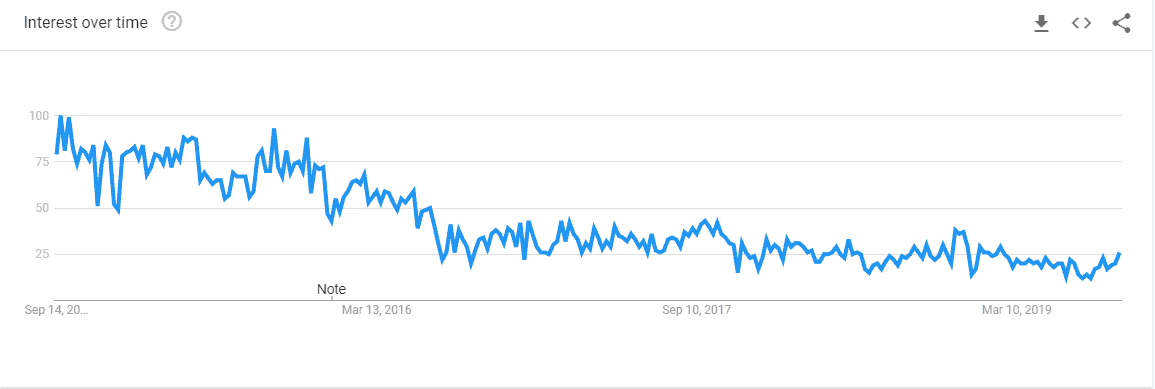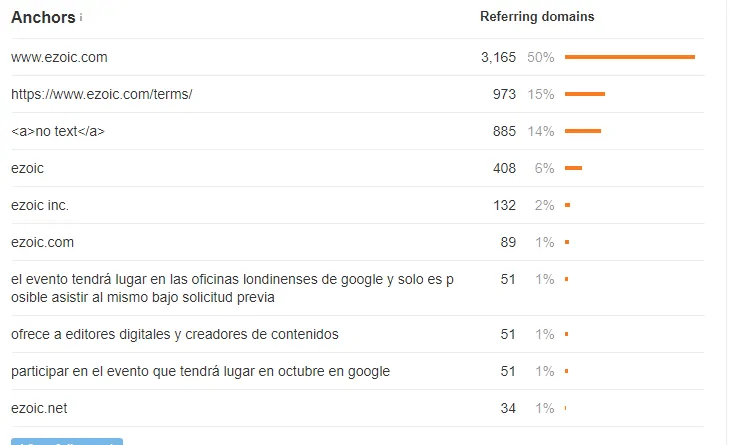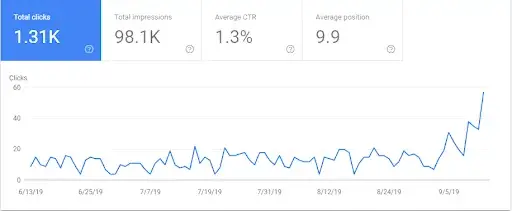[et_pb_section fb_built=”1″ admin_label=”section” _builder_version=”3.22″ _i=”0″ _address=”0″][et_pb_row admin_label=”row” _builder_version=”3.25″ background_size=”initial” background_position=”top_left” background_repeat=”repeat” _i=”0″ _address=”0.0″][et_pb_column type=”4_4″ _builder_version=”3.25″ custom_padding=”|||” _i=”0″ _address=”0.0.0″ custom_padding__hover=”|||”][et_pb_text admin_label=”Text” _builder_version=”3.29.3″ background_size=”initial” background_position=”top_left” background_repeat=”repeat” hover_enabled=”0″ _i=”0″ _address=”0.0.0.0″ header_font=”Oswald Light||||||||”]
Guest blog by the lead of digital acquisitions and mergers at yellowHead investing, Doron Wolffberg. The information below does not constitute investment advice; nor is it intended to.
How Do You Buy & Monetize an Existing Website As An Investment?
There is a growing interest around buying and selling content publisher sites, but there is not a lot of hands-on useful content from actual buyers and sellers that have experience doing this. Investing in a website can be a great use of time and resources if you’re able to do it correctly.
I thought it would be a good idea to share a few tips and methods we’ve used at yellowHEAD over the past two years.
Below, I’ll share what we’ve tried and tested as part of our system to acquire, grow and sell content websites.
How to Choose the Right Website To Buy…
There are five principles we’ve found helpful in selecting which websites are worth investing time and money in.
For a quick refresher on buying and selling websites, you might want to check out this article from John Cole.
1. Check Google Search Trends:
When inspecting any online business one of the first things worth checking is what kind of field is the website operating in. Is it an evergreen niche or a trendy space or maybe a “dying” space?
My go-to tool for checking this is Google Trends. It provides insights on the way users search the web and moreover on “search demand over time”.
Let’s look at a few examples. Let’s say I’m looking to buy a website that has an online tool for spelling i.e a spell checker tool.

We can see that there is a major decrease over the past 5 years. So if I were to buy a site in this field, I would have to take this factor into consideration.
Now let’s see an example of a positive search trend. Let’s have a look at a site that talks about rabbit food:

This is a trend you want to look for, a slow and steady increase in search demand over time. When the increase is slow and steady it usually means that is going to remain stable in the near future.
2. Review Website Backlink Profiles
When you’re considering buying a site that generates most of its traffic with SEO you want to make sure that site has a clean and healthy backlink profile otherwise it could be subjected to a manual Google penalty for spammy backlinks that will hurt the site’s overall ranking and revenue.
The best risk mitigation tactic is to look for sites that have a backlink profile mostly from high authority domains. so, you want to look for sites that have a branded link profile
Let’s have a look at Ezoic’s backlink profile using Ahrefs:

We can see that over 80% of the anchor texts used are branded which indicates a clean backlink profile.
3. Look for Content Sites that Have Not Been Updated
There is a major upside to acquiring heavy content sites that have not been updated in recent months/years. The reason for this is that you can typically rank faster by updating existing articles than creating new articles from scratch.
Here’s an example of how fast a content update could affect your ranking:

You can see it only took a few days for Google to pick up the content update which consequently caused a major uplift in search traffic.
You’re not likely to see such a quick uplift with brand new content, the reason being that it takes longer for Google to index new URLs. Moreover, it takes even longer to establish authority for new pages.
So by updating old existing articles, you’re basically bypassing that obstacle. This is a strategy I would recommend for any SEO campaign. Prioritize optimizing old content before creating new content.
4. Look for Sites with High-Quality Content
Yes, content is king. This seems like something super trivial to mention but I’ll cover it anyway. There is something very tempting about buying newer sites although they have lower-quality content. These types of sites, for the most part, are written by third-world country writers (mostly India and The Philippines).
These are usually sites that are 10-18 months old, have a positive traffic trend in Google Analytics and average overall revenue.
But here’s what you need the think about when acquiring a site with medium level content:
- Google updates– Your site is not bulletproof and has yet to stand the Google test of time. Sites with lower quality content are more likely to lose traffic with future Google updates. The algorithm is getting smarter as each year goes by and will eventually catch up with the fact that you do not have authoritative content.
- Lower ad rates– One thing to take into consideration is that lower-quality content generates lower ad rates as advertisers prefer to place their ads on high-quality content sites. Better content means better site engagement, more page visits, and lower bounce rates. So the bottom line is that the better your content is the more revenue you’ll make per visitor.
- Extra content expenses– The popular risk medication tactic is to update/rewrite old content by using better writers. But this will cost extra time and money. Let’s say the previous owner paid around $10 per article using a low-level content marking agency. You want to opt-in and use better content writers that cost around $50-$70 per article and your site has 50 articles you’ll need to update. That’s an added $2500-$3500 to your acquisition expenses not to mention the extra manpower it takes to update all those articles. It’s not a deal-breaker but it is something you should keep in mind.
5. Look for Sites that Under-Monetize Display Ads
One of the things we look for when buying display sites are sites that only monetize with a single ad network (like AdSense).
Although these ad networks have come a long way in terms of the features, they offer to optimize ad revenue it is still a long way from the functionality that can be done through using modern ad ops techniques or using software like Ezoic to do it all yourself.
Our go-to tool for this is Ezoic. We prefer to use Ezoic because it’s the only platform that enables publishers to take complete control over their site and help you make much more money.
Using Ezoic big data analytics you can see ad revenue performance per page:

With the help of the Ezoic big data analytics report, we’re able to prioritize the highest-earning pages into our overall on-page and off-page SEO strategy.
Here’s a real example from one of our sites:

Fewer ads but more revenue due to changes in placeholder locations display properties Ezoic adjusts automatically per visitor.
1. Ad Demand? Yes. Any linked networks, Google AdX, AdSense, and major Header Bidders added instantly
2. A.I. / Testing? Yes. See how each placement individually might not be a great earner for all visitors (or good UX), but sometimes it is. This means you never leave money on the table. The more Ezoic learns, the better UX and better earnings. Using 19 different locations.

Wrapping it all up…
Nothing here is overly complex. These 5 principles can help you begin looking into website investing as a business strategy.
Do not take this all as investment advice, but consider that these are strategies we’ve used successfully to grow, buy, and build websites over the last few years.
Thoughts, questions? Leave them below.
[/et_pb_text][/et_pb_column][/et_pb_row][/et_pb_section]


